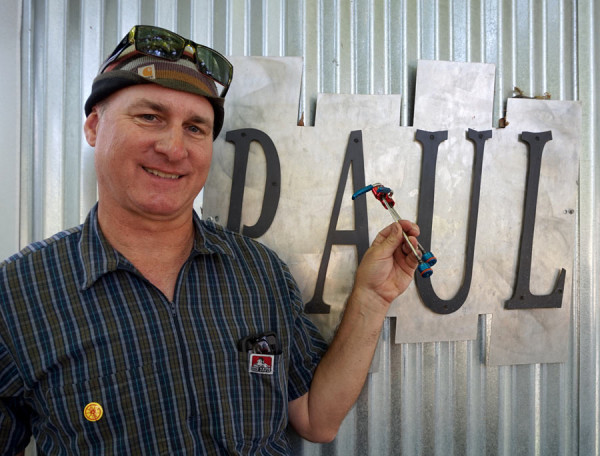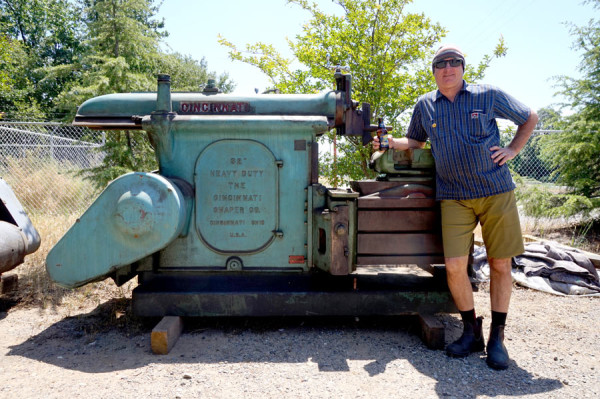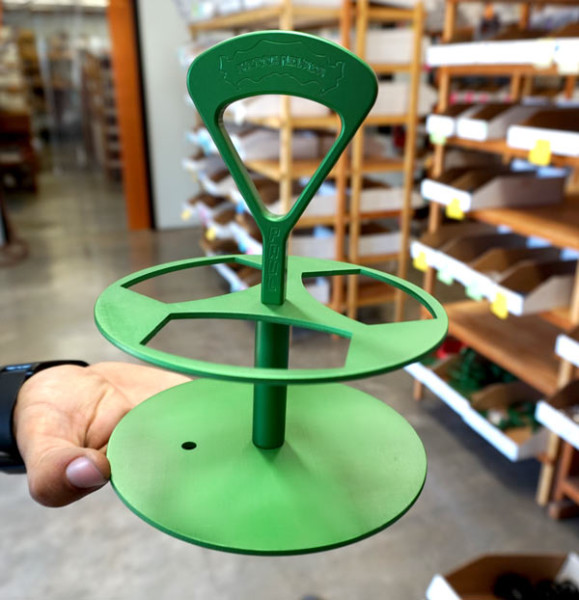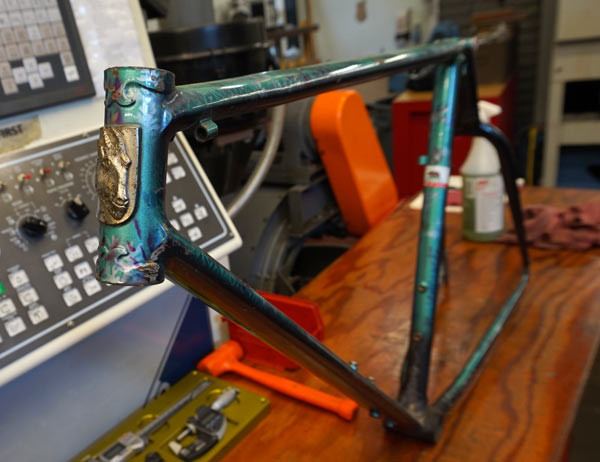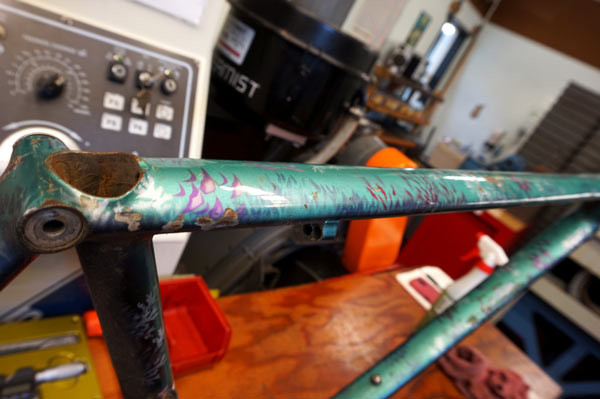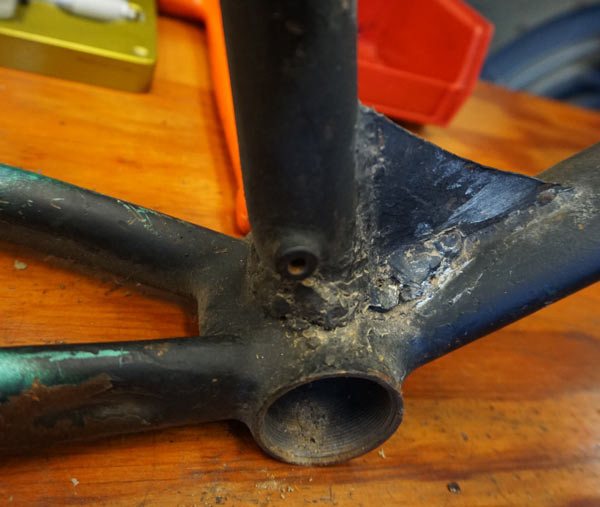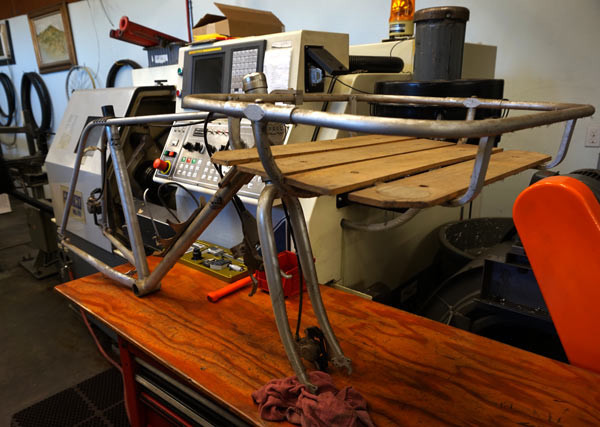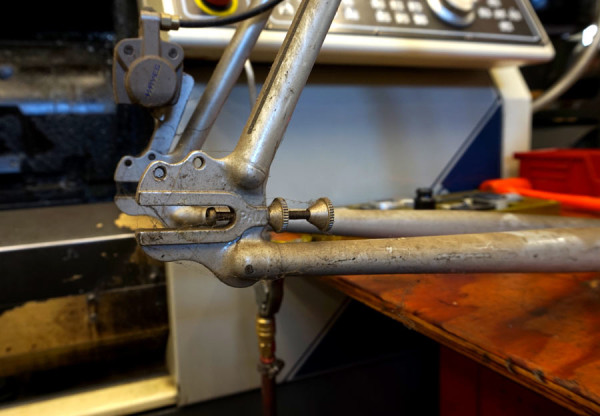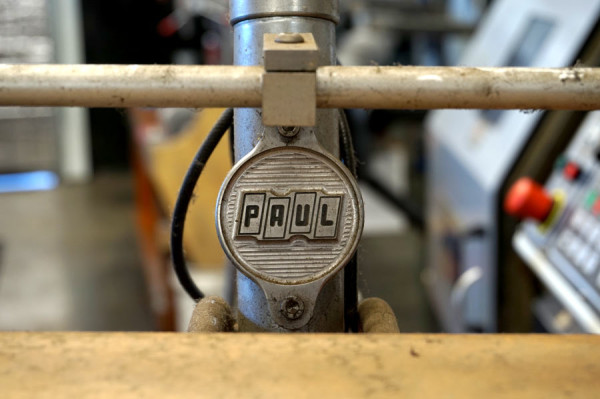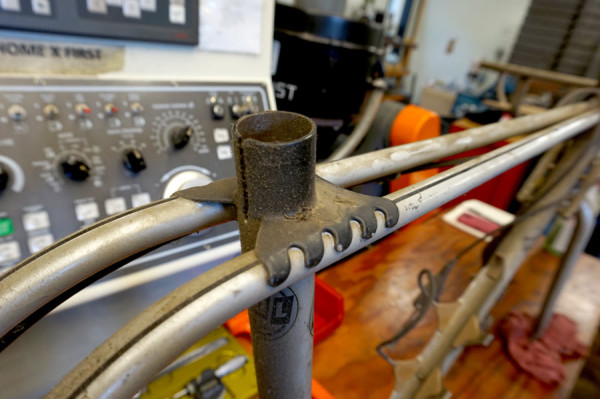Paul Price, AKA the founder of Paul Component Engineering, was always going to make stuff. Cool stuff. Having gotten his start building and selling skateboards in middle school, and making and installing his first set of cantilever brakes as a teenager, it seems like he was predestined from childhood to one day build a candy-colored component empire.
But it’s evident from speaking with Paul that he doesn’t take his empire for granted for a second, being one of the lone survivors of the slump in the component market that knocked out many of his domestic competitors in the nineties. He’s constantly evaluating himself and his product and always looking for new opportunities for new cool stuff, reserving a whole CNC machine in his factory for new product development at all times. “I ride most mornings. Come up with ideas. Can we make that? Do we know how to make that? There are days where I go for a ride, come up with an idea, get into the shop, and we’ll have a functional part by the end of the day. I think it’s pretty special that we can do that.”
When I visited his factory for a tour, we talked about the stories behind two bikes from his personal collection- bikes he built during critical times in the component company’s history…
BIKERUMOR: So you’ve had one real job in your life. What was your real job?
PAUL: I designed tools when I got out of Engineering school for a manufacturing place in Redwood City.
BIKERUMOR: General Manufacturing?
PAUL: They were a job shop for Silicon Valley. Lots of grinding, broaching… they had this one broach that was two stories tall.
BIKERUMOR: The tool was two stories?
PAUL: Yeah. You’d go up on this ladder and put the part in, and it cut different shapes. I went through high school and college working at bike shops. Probably six Schwinn shops, when there was such a thing- it was a little better than your average shop.
BIKERUMOR: You started in ‘89. Did you mean to get started with bike parts specifically?
PAUL: Yeah, I did.
BIKERUMOR: Which bike part did you think you were going to be able to produce and make any money from?
PAUL: I started with brakes, probably. Well, I made some brakes when I was a junior in high school. Put them on a cruiser.
BIKERUMOR: What kind of brakes?
PAUL: Cantilever brakes. Yeah, they were made out of sheet metal, which my Dad had. He had some tools around. I hacksawed and filed them. Then brazed on some bolts. I think I just used bolts- those were the studs… on some shitty Ross because that was all the rage back then- Cruisers. Before that, in junior high, I had a skateboard company. I made wooden skateboards. I was always going to make something and sell it. There was no doubt about that.
BIKERUMOR: What non-bike parts do you make?
PAUL: Those (Sierra Nevada Condiment Holders). And we make a snowmobile throttle lever. Those are the only two. I just stopped doing outside jobs about ten years ago. If you can put your name on it, the profit margin is way higher. And then you’re making it over and over and over. In job shops, every job is new.
BIKERUMOR: How many unique parts are you making right now?
PAUL: That’s a really good question. I wish I knew. The thing with us that we do… Chris King and White, they kind of make four or five products. We make, like, four hundred. I don’t know if I’m doing the right thing or not, but I can’t stop going on a bike ride and going “I could do this thing better… and I bet ten people would buy it…”
BIKERUMOR: “I could sell tens of these!” It’s the mindset, supporting those tiny markets of tens.
PAUL: We do that and some things stick and some things… last year we got rid of a lot of parts.
BIKERUMOR: So your first shop was in your house?
PAUL: Yeah, it was in my house for a few years. It took over my house. Three bedrooms, and I had the kitchen and a bedroom.
BIKERUMOR: Carpeting?
PAUL: Yeah, it was gross. I had a garage with a mill and a lathe and a saw. And then I had polishing- tumbling was in one of the bedrooms and assembly and shipping was in the living room.
BIKERUMOR: So this is your personal shop?
PAUL: This is where I put all my manual machines. This is non-production stuff. Making tooling and prototypes. And all these machines I have a relationship with. I love them all.
BIKERUMOR: Which one do you have more of a relationship with than you use for prototyping?
PAUL: The shaper is pretty good.
BIKERUMOR: And you have the nice vises in here.
PAUL: The good vises. My dream is to add onto this and build a frame shop over there.
BIKERUMOR: You’re going to start building frames?
